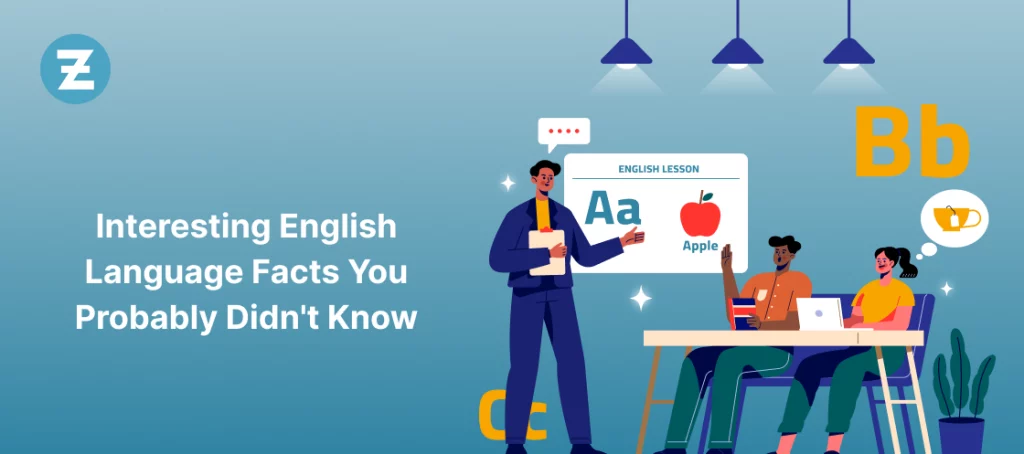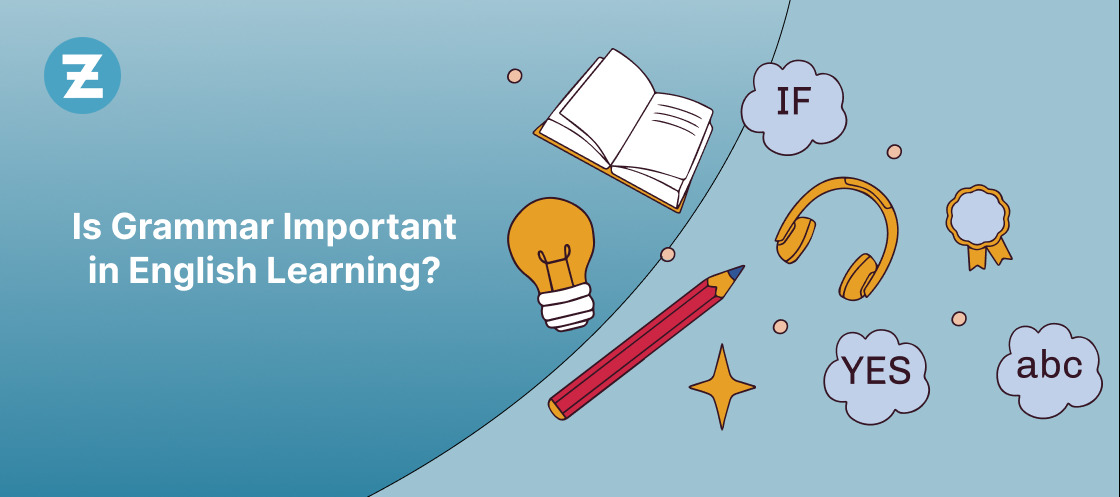Origins and Evolution of the English Language
A. Historical Background of the English Language
1. Anglo-Saxon Influences on Old English
- The beginning of the English language is attributed to Old English, which was derived from a combination of native languages and Anglo-Saxon dialects following the invasion of England by Germanic tribes between the 5th and 6th centuries.
- They were referred to as Anglo-Saxons or old English, who spoke what was then called old English, which was their Germanic language that constituted the language of England at that time.
2. The Effect of the Norman Conquest on Middle English
- The Normans took over England in 1066, after the invasion by William the Conqueror.
- This led to a case where English words were affected by the use of French, particularly vocabulary and upper-class.
3. Change to Modern English
- The transition from Middle English to Modern English started at the end of the 15th century.
- Notably, it was identified by the great vowel shift that caused major pronunciation changes.
Read also: Refreshing Ways to Ask About Someone’s Day
B. The Role of Latin and Greek in English Vocabulary
1. How Latin Language Contributed Towards Scientific Terminology
- Scientific vocabulary development in English has heavily relied on the Latin language.
- Latin roots have served as the basis for medical, chemical, and biological terms, which allow uniform terminology across various languages.
2. Contributions of the Greek Language to English
- The Greek language has also made great contributions to the English language, especially in scientific, philosophical, and mathematical terminologies.
- In Greek, “philosophy,” “mathematics,” and “biology” are words with diverse etymological origins.
C. Language Family of English
1. Germanic Language Roots
- English belongs to the Germanic language family, which comprises German, Dutch, Swedish, and Norwegian. These languages are linguistically related, with English having retained some grammatical structures and vocabulary from its Germanic roots.
2. Relationship with Other Indo-European Languages
- English is from the Indo-European family of languages made up of languages such as Spanish, French, Russian, or Hindi. Even though there are differences in vocabulary and grammar, some linguistic features in English resemble those found in other Indo-European languages.
3. English as a West Germanic Language
- Within the Germanic language family, English falls under the West Germanic branch, together with German, Dutch, and Frisian.
- West Germanic languages have grammar, words, and phonetic changes in common.
D. The Influence of French on English
1. French loanwords in English
- French loanwords entered the English language through the Norman Conquest.
- Among these are words related to law, government, fashion, and cuisine.
2. French Influence on English Spelling
- Many words have been influenced by French spelling patterns and pronunciation, which can still be observed in some words.
- Some examples include debris, bourgeois, and rendezvous.
E. The Global Spread of English
1. British Colonial Legacy
- The English language was spread by the British Empire’s colonization attempts in many parts of the globe.
- India, Nigeria, and Australia are among the former British colonies where English was adopted as a lingua franca.
2. American English and its dominance
- The dominant position of American English is a result of the United States’ rise as a global superpower.
- For many speakers of English as a second language, American English has become the norm because it is influenced by media, technology, and culture.
3. English adaptations are not the same all over the world.
- Different kinds of English in different parts of the world have led to dialect and accent variations across regions.
- The variations encompass British, American, Canadian, Australian, and many other types of English.
| Knowledge about the English language awaits! Discover the unknown and stay informed.
Download the Zoundslike app for an immersive learning experience. |
Unique Characteristics of the English Language
A. Homophones, Homographs, and Heteronyms
1. Explained with examples of homophones
- Homophones are words that sound similar but have different meanings and spellings.
- For instance, “two,” “too,” “to” or “their,” “there,” and “they’re.”.
2. What Are Homographs, and How Do You Read Them?
- Homographs are spelling terms that can mean different things or be pronounced differently.
- “Wind” means a gust of air as well as winding something up; it has two pronunciations.
3. Heteronyms: words spelled the same but not pronounced the same
- Heteronyms are words that share the same spelling but have different meanings and pronunciations.
- The word ‘lead’ may mean ‘guide’ or a heavy metal, its pronunciation being either /leed/ or /led/.
B. Anomalies in English Pronunciation
1. Spelling and pronunciation irregularities
- Many sound-spelling incongruities in English make it impossible to guess pronunciations through spellings.
- Words like “colonel” and “bologna” show that there is no correlation between sounds and letters.
2. Silent Letters: What They Are For and Where They Come From
- English has a lot of silent letters, which have been inherited from different sources.
- Silent letters can be used to indicate historical pronunciations or differentiate between homographs, such as “knight” and “knit.”
3. Different Pronunciation Variants in Regional Dialects
- There are distinctive pronunciation variants in English dialects spoken in different parts of the world.
- For instance, the pronunciation of the letter ‘a’ in the word “dance” varies from one version of English (American) to another (British).
C. English Language Oddities
1. The longest words in the English language
- Other complex terms in the English language include ‘pneumonoultramicroscopic silicovolcanoconiosis’, which is a disease of the lungs resulting from inhaling fine silica dust particles.
2. Inconsistency of Phonetic Alphabetization
- English writing is sometimes inconsistent with pronunciation, thus making it difficult for those who do not speak it as their first language.
- Words sounding alike can have different spellings, such as ‘night’ and ‘knight’.
3. Abbreviations and Acronyms: A Few Strangenesses Here and There
- English quite often uses abbreviations and acronyms that might be puzzling to the uninitiated.
- Quirks are seen in the distinction between “e.g.” (for example) and “i.e.” (that is), and also in terms of how some abbreviations like “NASA” or “UNESCO” are pronounced.
D. AM and PM: The 12-Hour Time System
1. Historical Origin of AM and PM
- The utilization of AM (ante meridiem) and PM (post meridiem) in time representation is derived from Latin.
- “Ante” means “before” and “post” implies “after,” while “meridiem” denotes midday.
2. Alternative Notations for Time
- Different cultures use other methods to represent time, like the 24-hour clock system or the “hundred minute clock” used in parts of China.
3. Uses around the World
- AM and PM are widely used in most English-speaking countries, but not all nations comply with this system.
- Some countries, such as Sweden, use a 24-hour system as standard.
E. The Hodgepodge Nature of English Vocabulary
1. Borrowed Words from Different Languages
- English is a melting pot of words borrowed from different languages, such as French, Latin, Greek, and Arabic, which indicates the assimilative nature of the language.
- The English language has been enriched by borrowing words from French, Latin, Greek, Arabic, and many other languages.
2. Compounded Word Formation: Blends and Compounds
- The English language has compounded words and blends as unique attributes.
- For instance, “keyboard,” “breakfast,” or even “brunch.”.
3. Neologisms and the Ever-Changing Vocabulary
- New English words are created from time to time since the vocabulary is always changing.
- In English, globalization has introduced new terms like selfie and Google, among others, that have come up as a result of technological advancement, popular culture, etc.
| Don’t miss out on language mastery!
Explore ZoundsLike, the ultimate language-learning app! |
Intriguing Grammar Patterns in English
A. The Complexities of English Verb Tenses
1. Peculiarities of the past tenses
- In English, the past tenses are not always formed consistently; for example, the irregular verb forms such as “go-went” and “write-wrote.”
- These irregularities make learning how to conjugate verbs quite difficult.
2. Simplicity and Complexity of Present Tenses
- Present tenses in English are quite simple, yet they are complicated by exceptions and irregular verbs.
- For instance, in the present tense, verbs like “be” have various forms, such as am, is, and are.
3. Future Tenses: Many Ways of Expressing Actions That Are Going to Happen
- English has many ways of expressing actions going to happen in the future, such as “will,” “going to,” and present continuous tense.
- The choice of a future tense depends on what the speaker wants to achieve as well as the context.
B. Quirks of English Plurals
1. Regular plural forms
- In the English language, the majority of nouns can be made plural by simply adding ‘-s’ or ‘-es’ at the end.
- A case in point is that ‘cat’ becomes ‘cats’, and ‘potato’ turns into ‘potatoes.’
2. Irregular plural forms
- English has a lot of irregular plurals that don’t follow the usual pattern as ‘-s’ or ‘-es’.
- For instance, ‘child’ is changed to ‘children’ and ‘mouse’ is changed to ‘mice’.
3. Nouns with the Same Singular and Plural Forms
- There are some nouns that have singular and plural forms similar to each other, such as sheep, fish, and deer.
C. Sentence Structure and Word Order
1. Standard Pattern: Subject-Verb Object (SVO)
- The English language follows a sentence structure that follows the pattern of subject-verb-object (SVO).
- For example, “subject (the cat)—verb (chased)—object (the mouse).”
2. Inversion and interrogatives
- In English, when asking questions or emphasizing something, inversion is used, whereby the verb comes before the subject.
- An example of this is, “Did you see the movie?” or “Not only did he win the race, but he also broke the record.”
3. Exceptions to Usual Word Orders, Including Yoda Speak
- English has exceptions for stylish or rhetorical reasons where it does not follow normal word order rules.
- Yoda’s way of speaking is an illustration: “Powerful have you become; in you I sense the dark side.”
Read also: Creative and Unconventional Ways to Say Happy Anniversary in English
D. The Role of Articles in English
1. Indefinite Articles (a/an) and Definite Articles (the)
- The indefinite articles “a” and “an” in English are used to refer to things that are not specific or whose identity is unknown.
- “The” is a definite article, which is used when we are talking about something specific or something already discussed.
2. Omission of Articles in Specific Situations
- In English, there are some cases where an article may be omitted, such as when discussing general ideas or items that cannot be counted.
- For example, “Love is blind” or “I drink coffee for breakfast.”
3. Correct Article Usage in Countable and Uncountable Nouns
- Different rules govern the use of articles for countable and uncountable nouns in the English language.
- For instance, we say “I have a car” (countable), but “I need some water” (uncountable).
E. English Punctuation Quirks
1. The Oxford Comma Debate
- The Oxford comma, otherwise known as the serial comma, is a subject of debate in English grammar.
- It is a comma that can be used optionally just before the conjunction in lists of three or more items.
2. Use and Misuse of Quotation Marks
- Quotation marks are employed to quote exactly what someone has said, the titles of short works, as well as to denote sarcasm and irony.
- Nevertheless, some people may misuse or overuse them; for instance, when writing essays, they could put them in every paragraph.
3. Parentheses, Dash, and Ellipses: Conveying Additional Information
- Parentheses, dashes, and ellipses are examples of punctuation marks used to give additional information or to show breaks in writing.
- They each have their own specific uses, such as clarifying within brackets, emphasizing with hyphens, trailing off, or indicating that text has been left out with an ellipsis.
Conclusion:
This insightful article delves into intriguing aspects of the English language that often go unnoticed or are overlooked. Navigating through the historical evolution of English, the piece explores distinctive features, grammar patterns, and intricate vocabulary details. For language enthusiasts and those seeking to enhance their English skills, these revelations provide valuable insights. Enhance your English proficiency with the help of the ZoundsLike App, an innovative free language learning app that caters to improving English through engaging and effective methods. Explore the nuances of English vocabulary and elevate your language skills with this enriching resource.








